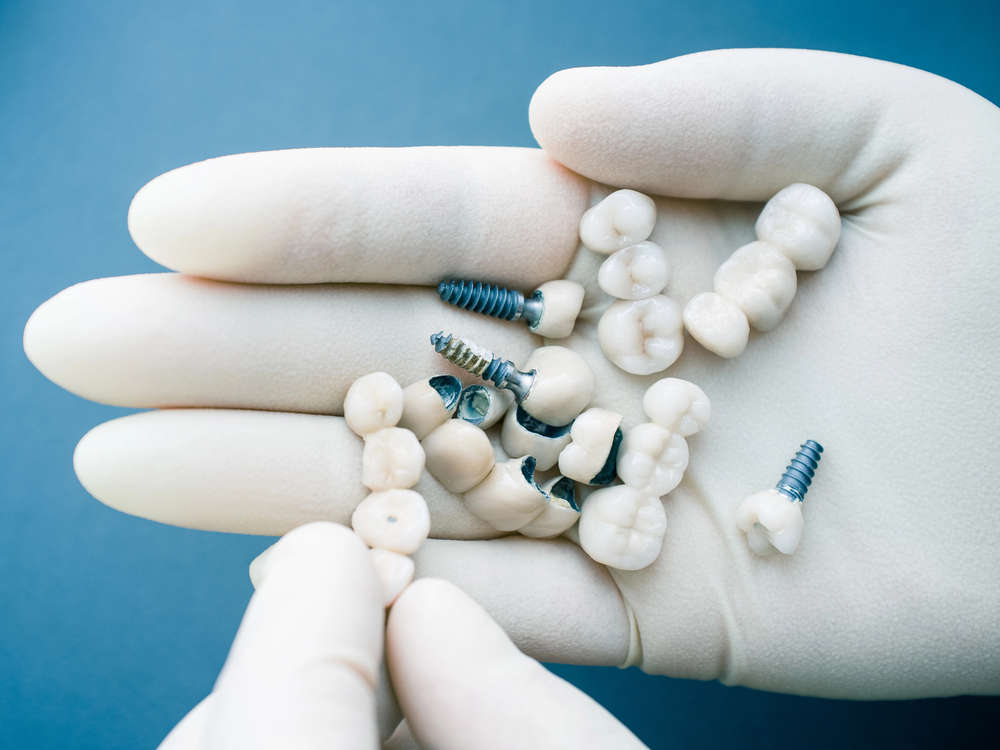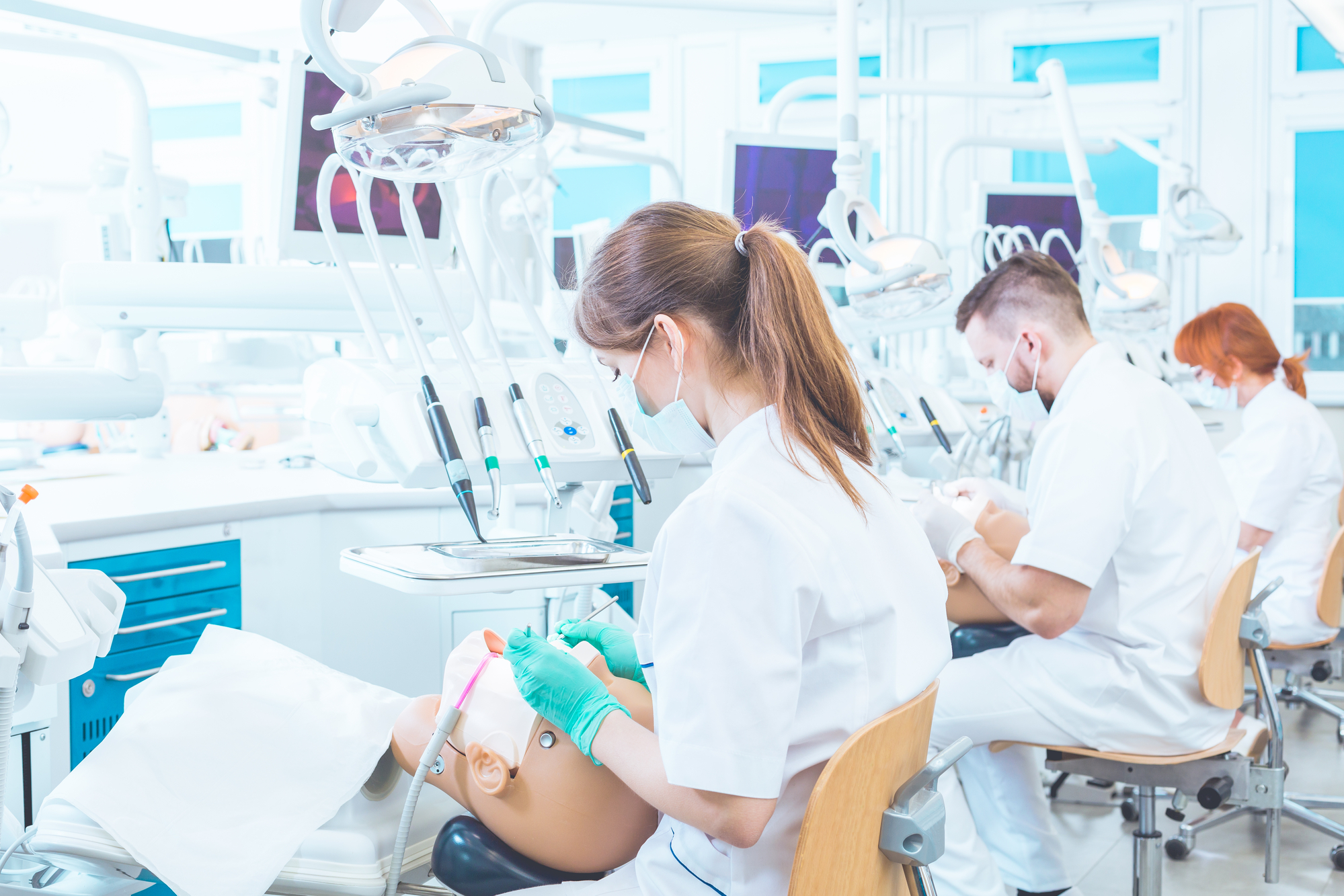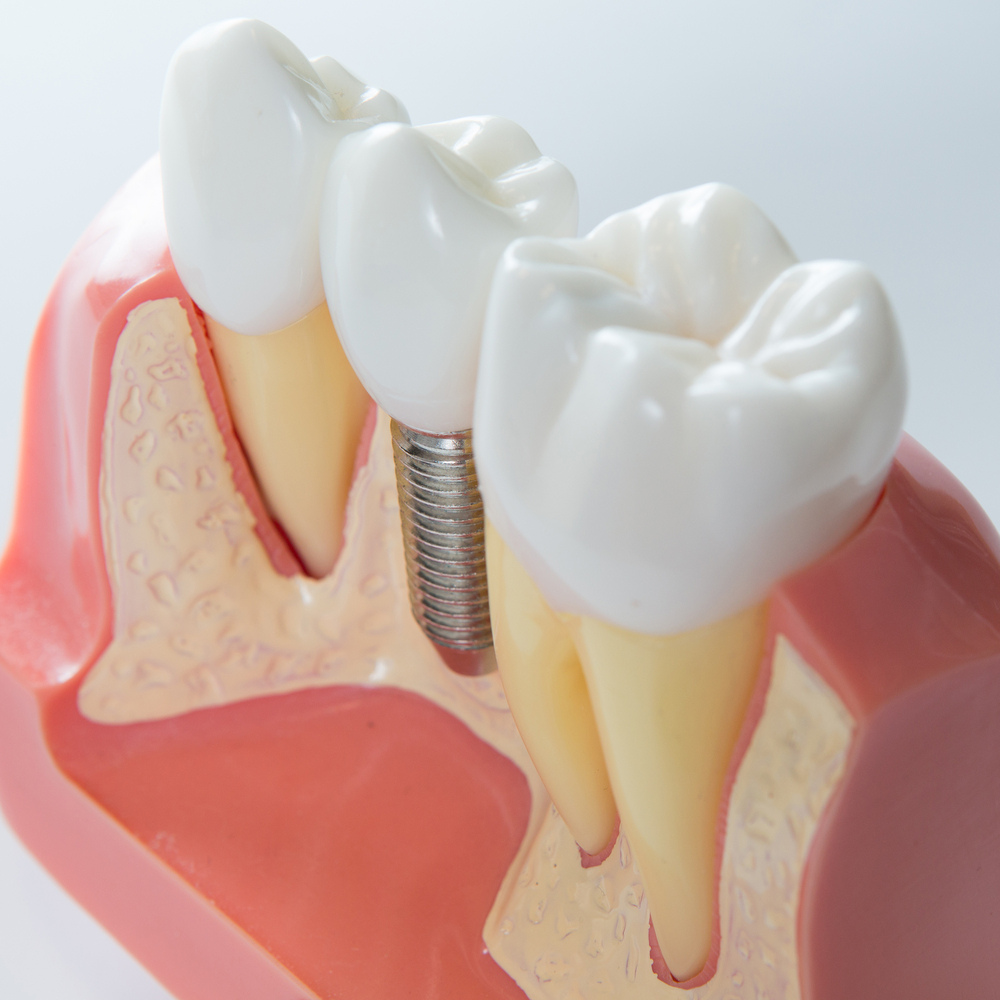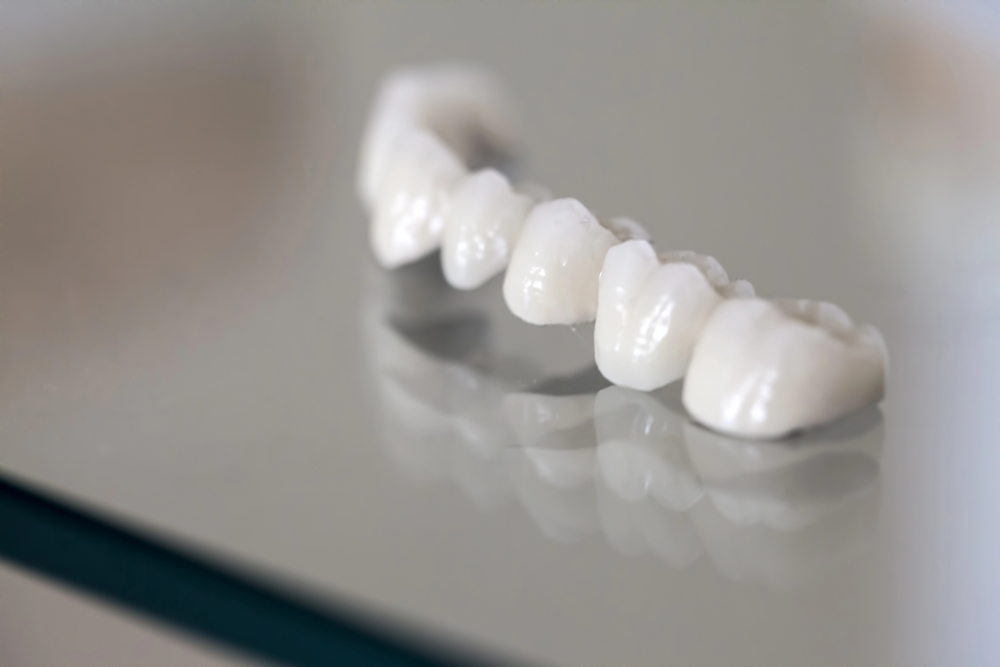As we arrive in the year 2025, a whiter smile is no longer an opportunity that has to be sought out in the dental office. Teeth whitening has taken a new form with state-of-the-art at-home kits, customized AI-assisted care, and plant-infused combinations to form the future of teeth whitening. Either you are a sensitive guy, or you just have only a short time and need the results quickly. The options are numerous and more effective than ever. As the technology continues to evolve and teeth whitening treatments are delivering faster results (with users getting whiter smiles in a shorter time) with less pain and making it more convenient than before. This article will explore the real ultimate guide to teeth whitening emphasizing on what really works in 2025.
Best Whitening Products: These are proven and reliable
Not every whitening solution is made equal. In 2025, the most innovative product is, first of all, comfort, effectiveness, and easiness. Crest 3D Whitestrips Professional Effects Kit is one of the products that are outstanding, though – in 20 days, it whitened teeth by four levels. It has a heavy dose of hydrogen peroxide and convenient strips; hence, it is a doctor’s favorite, and many consumers prefer it.
Burst whitening strips are gentle on the gums, so people with sensitive gums may still use them. They were applauded as comfortable and non-irritating to the gums by the testers at Beauty Lab. Although they left some residue and weren’t the most effective at removing tough stains, their ease of use and quick application (just 15 minutes per day) make them appealing.
Meanwhile, Colgate Optic White Renewal Toothpaste, which is a GH Beauty award winner, successfully lifts a 10-year-old stain on the teeth using a day application. It is an affordable option, and it is especially good when it comes to long-term maintenance as opposed to immediate whitening.
The Whitening Experiences Evolution
Whitening is no longer a chilly, technical procedure. An increased number of providers are offering treatment in the spa-like setting. All the dental spas offer various amenities and features like aromatherapy, massage seats, relaxation music, and even herbal teas when you visit. This is a luxurious environment that makes the common dental practice a peaceful getaway.
Unusual modes of treatment that are expensive to purchase, like the one produced by Snow called DiamondSeries Wireless LED Whitening Kit, are gaining popularity in these environments. This is one of the devices that exhibit visible results after a week and performs well in laboratory tests that evaluate the non-irritation aspect and ease of use. The wireless mouthpiece is flexible, and it enables one to perform their daily activities while the teeth are whitened.
Ai-driven Whitening
Because of AI, it is now possible to offer consumers whitening procedures that suit their dental requirements. Today’s AI is capable of scanning your teeth and providing you with a bespoke whitening plan, but some go so far as to change the levels of hydrogen peroxide depending on the strength and sensitivity of enamel. This movement will eliminate the guesswork involved in whitening and produce optimum and safe results.
Sustainable, Natural, and Safe
In 2025, consumers are now more attracted to natural ingredients like coconut oil and activated charcoal. Such ingredients soft scrape the stains and conserve enamel. Numerous teeth whitening solutions nowadays are free of SLS vegan and come in packaging made out of more environmentally friendly materials such as biodegradable tubes and refillable toothpaste.
This trend echoes the bigger trend of sustainable personal care. To address that, brands are introducing floss without plastic, bamboo toothbrushes, and reusable whitening machines to match dental hygiene to the eco-friendly way of life.
Time To Choose What Works Best For You!
The world of teeth whitening in 2025 is highly developed, ready, and more effective than ever. Whether it is a mild daily treatment or a powerful treatment, current solutions match various needs in style and accuracy. The future smile, in its turn, is bright, personal, and environment-friendly.










